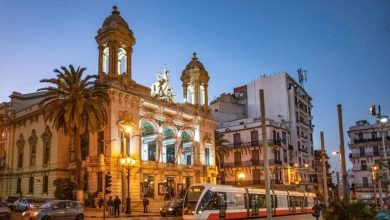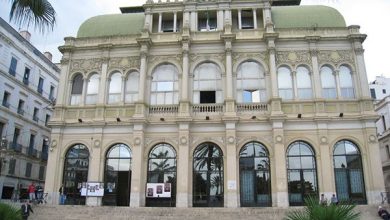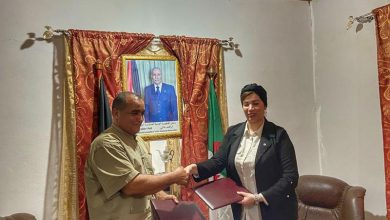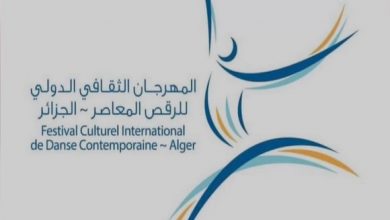
Centuries-old city, a social hub, and the historical core of the capital, the Casbah of Algiers is also a place for all the arts, offering its walls and alleys to all kinds of artists in literature, cinema, theater, music, or visual arts.
On top of the great number of artistic figures who were born in it, and the dynamic creativity it has hosted, the Casbah, which celebrates its national day on Thursday, has naturally become one of the first film sets following the independence, a place where the first historical works were filmed.
“The Battle of Algiers” (La Bataille D’Alger) (1966), one of the most widely distributed Algerian movies in the world, “The Children of November” (Les Enfants de Novembre) (1975) directed by Moussa Haddad, which recounts the urban guerrilla warfare against the colonial forces. The douirettes (traditional small houses) and alleys of the Casbah were also the shooting locations of “Hassan Terro” (directed by Mohamed Lakhdar Hamina in 1968) and his escape, directed by Mustapha Badie in 1974.
The Casbah will continue to follow the evolution of the 7th Algerian Art, which will return there for sequences of “Omar Gatlato” of Merzak Allouache or “Tahya Ya Didou” of Mohamed Zinet, while television products and documentaries will also be filmed in the city.
Some of these works, such as “Hassan Terro,” have first been tested on stage as “The Sons of the Casbah” of Abdelahalim Raïs.
In the field of literature, the famous writer Kaddour M’hamsadji will return to the roots of this historic center founded a thousand years ago. He published “From the Island of Seagulls to the Casbah, the Casbah of Algiers in the Ancient Past” (De l’île aux mouettes à la Casbah, la Casbah d’Alger d’autrefois), “Memory of Seagulls: The Art of a Multiple Tradition to Some Words and Expressions, the Thousand Virtues Party” (Mémoire de mouette: de l’art d’une tradition multiple à quelques mots et expressions, la fête aux mille vertus) and also “The Game of Bouqala” (Le Jeu de la Bouqala).
The relationship to the sea and the Kasbah and its architecture will also be reflected in the writings of the novelist Merzac Bagtache, in “Quatro” and “The House of Zelij” (La Maison du Zelij) and sociologist Rachid Sidi Boumediene, who will describe the destiny of “The Ceramic City of Algiers” (La Céramique de la Ville d’Alger).
A genuine musical cradle that has successfully preserved and revived the Andalusian school of Sanâa during more than a century of colonization and allowed the emergence of chaâbi and dissemination of the Zornadjia, the Casbah at its most nostalgic has also a special position in Algerian song. This heritage is reflected in the works of figures such as El Hachemi Guerouabi, Dahmane El Harrachi, Abdelakder Chaou, Abdelmadjid Meskoud, or the Casbah jazz of Mohamed Rouane.
While there are dozens of pictorial works that use the stairs of the famous Frères Racim street (formerly known as Rue du Chameau) as a backdrop, the Casbah remains an endless source of inspiration for Algerian and foreign artists and photographers. From the miniatures of Mohamed Racim (1896-1975) to the youngest artists and art students, a host of artists have immortalized slices of life in the Casbah, such as Eugene Delacroix, Hippolyte Lazerges, and Frederick Arthur Bridgman.





